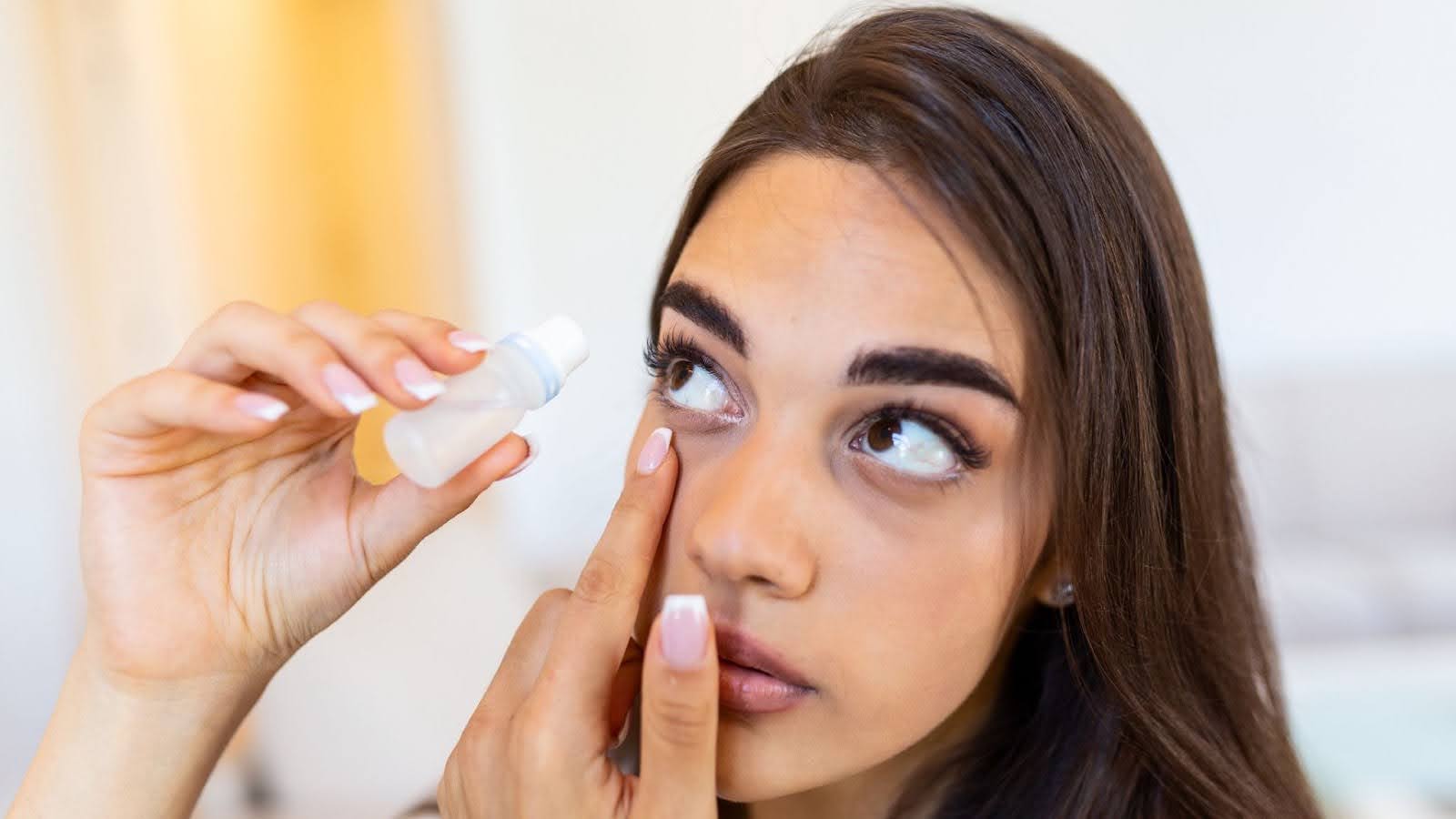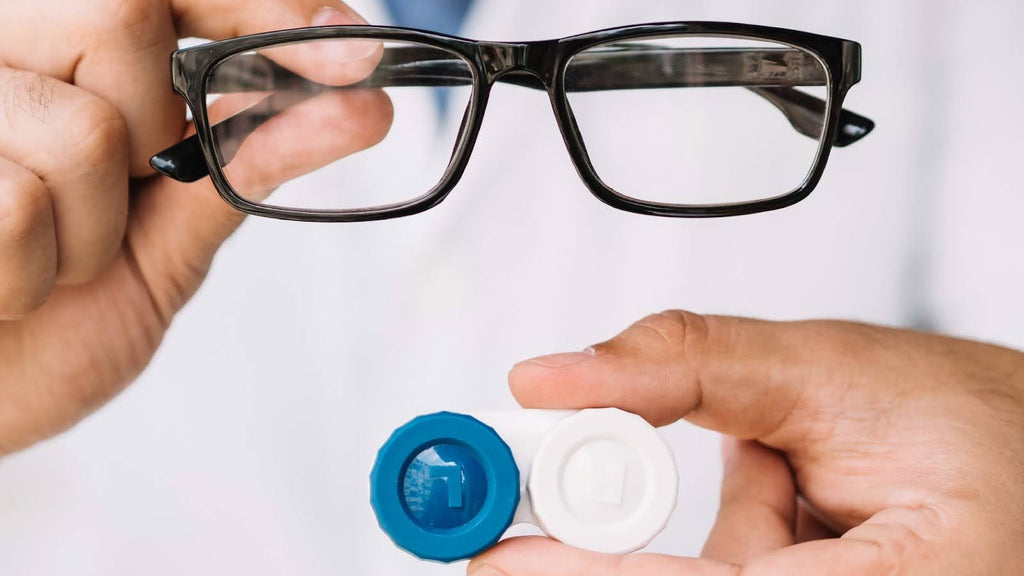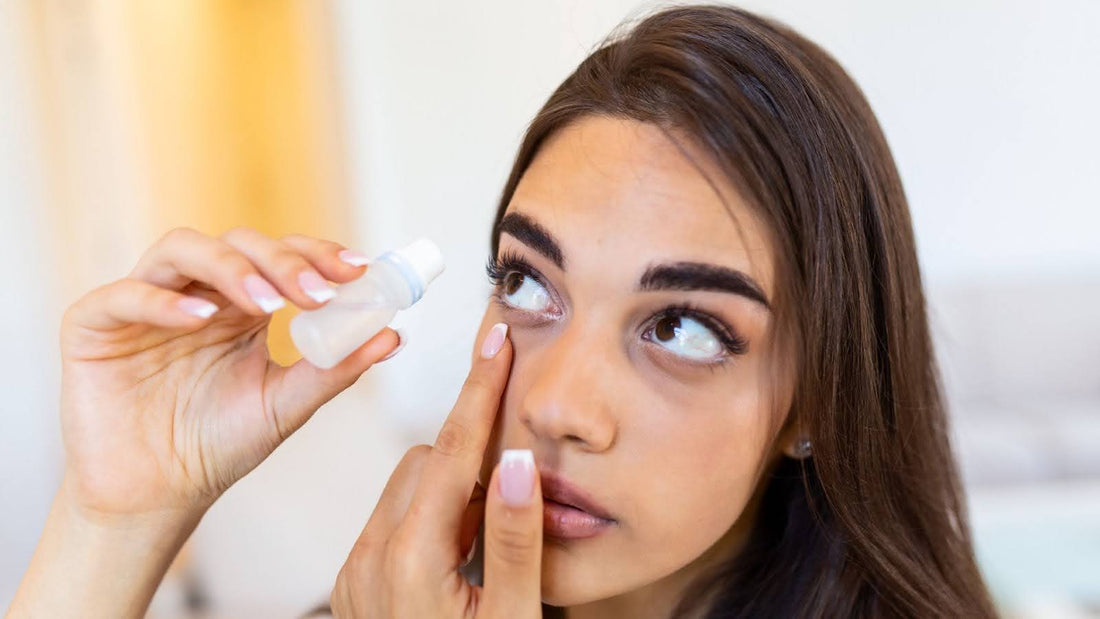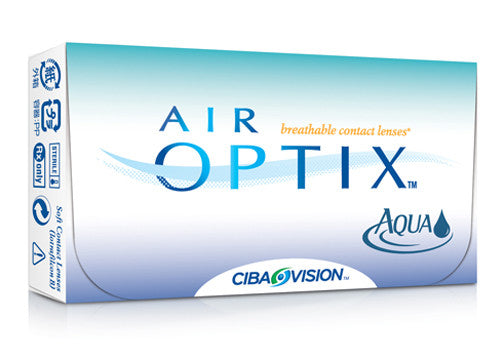
Contact lens discomfort is a prevalent issue that can significantly impact daily life and visual clarity, especially when it concerns contact lens uncomfortable in just one eye. Understanding the causes of this discomfort is crucial to finding effective solutions. In this article, we delve into the reasons why contact lenses, particularly daily contact lenses, may feel uncomfortable in one eye and explore strategies to address this issue effectively.
Unilateral Discomfort: Why One Eye?
Varied eye shapes: Each eye may have a slightly different shape, leading to differences in how contact lenses fit and feel.Differences in tear production: One eye may produce more or less tears than the other, affecting the moisture level and comfort.
Eye health conditions: Conditions such as dry eye syndrome or conjunctivitis may affect one eye more than the other, contributing to discomfort.
Uneven lens wear: Unequal wear and tear on contact lenses, such as using one lens more frequently than the other.
Sensitivity to materials: Some individuals may have a higher sensitivity or allergy to certain contact lens materials, causing discomfort in one eye specifically.

Solutions for Contact Lens Discomfort in One Eye
Proper lens fit: Ensure that your contact lenses are properly fitted by an eye care professional to minimize discomfort and optimize vision.Lubricating eye drops: Use preservative-free lubricating eye drops to alleviate dryness and enhance comfort while wearing contact lenses.
Allergy management: Take steps to minimize exposure to allergens and use antihistamine eye drops if allergies are contributing to discomfort.
Lens cleaning regimen: Follow a strict routine for disinfecting and cleaning your contact lenses to prevent protein deposits and reduce the risk of infection.
Changing lens material or brand: Experiment with different lens materials or brands to find one that best suits your eyes.
Consultation with an eye care professional: If discomfort persists, consult with an optometrist or ophthalmologist for personalized recommendations.
Lifestyle Adjustments for Comfortable Contact Lens Wear
Hydration and nutrition: Stay hydrated and consume a balanced diet rich in vitamins and minerals essential for eye health.Good eye hygiene practices: Such as washing your hands before handling contact lenses and avoiding sleeping or swimming with them.
Resting the eyes: Give your eyes regular breaks from contact lens wear, especially during extended use.
Avoiding prolonged screen time: Minimize digital eye strain by taking frequent breaks and practicing the 20-20-20 rule (every 20 minutes, look at something 20 feet away for 20 seconds).
Protection from environmental irritants: Wear sunglasses or protective eyewear to shield your eyes from harsh sunlight, wind, and other environmental irritants.

Seek Professional Help When There’s:
Persistent discomfort: If discomfort persists despite trying various solutions.Signs of infection: Symptoms such as redness, pain, discharge, or changes in vision.
Abrupt changes in vision: If you experience sudden changes in vision or clarity.
Unexplained redness or irritation: Any unexplained redness, irritation, or discomfort in the eyes.
Changes in lens tolerance: If you notice a sudden decrease in tolerance to contact lenses, it could be a sign of underlying eye health issues that require attention.
Ending Note
Addressing discomfort with contact lenses, particularly when it affects only one eye, is essential for maintaining eye health and visual comfort. By understanding the common causes of discomfort and implementing appropriate solutions, individuals can enjoy clear vision and comfortable contact lens wear. It's crucial to remember to consult with an eye care professional if you experience persistent discomfort or notice changes in eye health. Early intervention can help prevent complications and ensure optimal vision and comfort in the long term. For convenient access to a variety of daily contact lenses, explore our collection at Canadian Contact Lenses.
If you want to learn more, why not check out these articles below:

































